Task management is a big issue for team leaders, especially when there is strictly no “correct” way of working, and finding effective strategies can help improve productivity . It can be tricky to give team members the freedom to work in the ways they need for peak efficiency while also conforming to company protocol and procedures.
Workflow automation software can help to relieve this burden, provided you can find the right tools to meet your needs, of course. Managing repetitive tasks and numerous business processes does not have to be some great struggle; you just need the right platform that fits your business needs to manage workflows from. Let’s take a look at some of the options on the market for workflow software, so you can find the one that works best.
What is workflow management software?
Workflow management software aims to make task and project management easier for leaders and teams.
In the world of work, a task might not be as simple as “Do X and Y will happen.”
One single task might need sign-off from multiple people. It might have contingencies based on the work of other team members or departments. Even the most mundane and repetitive tasks, such as sending out an internal newsletter or approving a PTO request, need to be logged and correctly accounted for to minimize human error . Workflow management tools allow us to do so.
When we create workflows, we gain the ability to ensure everyone is working from the same page. This allows cross functional teams to work in the ways that suit them best, while maintaining efficiency and ensuring that all tasks are completed properly.
Key features to look for in workflow management software
If you are interested in workflow automation tools, you do need to think about the features that will benefit you the most. You cannot optimize processes or create efficient ways of working without an understanding of your needs as both individual workers and a team unit. Though you may have a range of niche needs that features need to meet, including automation capabilities here are some of the most important you need to consider:
Customizable workflows
Number one, and arguably most important, you need to pick workflow software that allows you to actually create customizable workflows. Since work is so subjective, you need to ensure that there is a way for you to input your preferred methods. Workflow automation may not prove to be helpful if you cannot alter it to best fit your needs. If you can’t, all you will be doing is working to match the patterns someone else has chosen, and they might be very different from what you prefer.
A user-friendly interface
Workflows need to be easy to understand. Your team will have people of all backgrounds and expertise, and they will not necessarily be the most technically literate. You may also have coworkers seconded temporarily to your team to help with a singular project. They need to be able to quickly adapt to your team and pick up tasks. They cannot do that if the programs you use don’t have a clean and user-friendly interface.
Cloud-based
In the modern world of business, it is unlikely that a team is all based in the same office. You may be scattered across different states or even different countries, but you are all coming together on the same cloud-based platforms to collaborate and complete your workloads. A cloud-based task management software helps to facilitate this and ensure everyone has access to the information and documents they need to correctly undertake their jobs.
Seamless integrations
We need access to so many different tools to be able to complete our tasks nowadays. Seamless integrations allow the tools we need, such as G Suite or Microsoft’s Workspaces, to accurately work within our chosen programs, ultimately aiding in reducing manual effort . Find one that plays well with the tools you use the most.
Data analytics features
You need to be able to track your success with the software. With the help of data analytics features and automated notifications , you will be able to see how well your automated workflows and processes function.
- Will there be an area that could be improved upon?
- Is there a feature that the team does not want to use?
- What automated workflows actually work, and what, on the other hand, creates more work?
You cannot blindly automate manual processes and hope for the best; you must be able to track them to view how effective they are.
10 best workflow management software applications
What options are there for workflow management software on the market? Here are 10 of the best programs you might like to explore:
1. Axero
Axero is a digital workplace and intranet platform that also supports workflows and approvals alongside communication and document management. This makes Axero useful as a central hub for processes, collaboration, and knowledge sharing. With a modern interface and strong support, Axero offers highly customizable spaces that are good for consolidating tools.
Best uses: Organisations wanting a unified intranet that also supports lightweight workflows and approvals.
2. Jira
Jira is a widely used platform for managing issues, tasks, and projects with customizable workflows. It mixed advanced automation, robust reporting, and strong integrations, making it suitable for structured processes.
Best uses: Teams needing structured, customizable workflows for projects, especially in software development and IT.
3. Nintex
Nintex provides powerful business process automation with strong workflow design tools, form builders, and RPA capabilities. It is well-suited to managing complex, enterprise-scale processes, though its more advanced features may require more technical expertise.
Best uses: Enterprises requiring end-to-end process automation and compliance-ready workflows.
4. ProcessMaker
ProcessMaker is a business process management (BPM) platform designed for modeling, executing, and monitoring workflows. It supports approvals, branching, and compliance-focused processes. This allows for flexibility in complex workflows and easily followed audit trails for governance.
Best uses: Organizations that need structured, cross-department workflows with compliance in mind.
5. Kissflow
Kissflow offers no-code workflow automation with drag-and-drop design, making it accessible to business users without technical backgrounds. It combines task management, forms, and process automation with an intuitive interface, allowing for fast implementations among teams.
Best uses: Businesses looking for accessible workflow automation that non-technical staff can manage.
6. Monday.com
Monday.com is a work management platform that combines visual boards with automation rules and workflow customization. It is designed for flexibility across departments and offers broad integrations with a wide range of tools.
Best uses: Teams that want to track projects and automate workflows in a visually engaging, collaborative tool.
7. Smartsheet
Smartsheet extends the familiarity of spreadsheets with workflow automation, notifications, and reporting, making it a powerful choice for project and process tracking. It suits data-driven teams managing structured or semi-structured processes.
Best uses: Organizations that want a balance between spreadsheet functionality and structured workflow automation.
8. Process Street
Process Street provides checklist-based workflow management, making it easy to standardize repetitive processes and track completion. It focuses on Standard Operating Procedures (SOPs) and operational tasks.
Best uses: Teams managing recurring workflows such as onboarding, compliance checks, or operational routines.
9. Quixy
Quixy is a no-code application development and workflow automation platform. It enables business users to create processes and apps without coding, offering flexibility for different use cases and empowering non-technical users to grow in confidence when using the platform.
Best uses: Organizations that want non-technical staff to build workflows and apps quickly.
10. Next Matter
Next Matter focuses on end-to-end workflow orchestration, helping teams design, automate, and monitor processes across operations. It is designed to support real-time collaboration and visibility.
Best uses: Companies seeking a dedicated workflow tool for operational efficiency and cross-team coordination.
Honorable mentions go to…
These aren’t strictly workflow management tools, but they might still prove to be useful to some. Zapier or Automate.io could work for you as an automation engine, or you might like the task-leaning workflow support of a platform such as Hive or Wrike.
What are the benefits of finding good workflow automation tools?
Is this just one more tool for project managers to throw at their teams, or is there actually a benefit to choosing to automate tasks? Well, it does depend on the task at hand. When they are especially repetitive or menial, or when dealing with time consuming tasks it might be better to let an automation take care of them. Some of the benefits of using these tools include:
1. Standardization and consistency
The primary reasons many choose to turn to workflow automation tools are standardization and consistency. By mapping processes into repeatable workflows, organizations ensure tasks are completed the same way each time. This reduces errors, supports compliance, and creates consistency across departments, especially for onboarding, approvals, and compliance checks.
2. Improved efficiency and productivity
Many companies also choose workflow automation because it brings increased efficiency and productivity. Automating routine steps, routing tasks, and sending reminders all help teams spend less time chasing updates or handling the strain of repetitive admin, allowing them to spend more time focusing on high-value tasks.
3. Greater visibility and collaboration
Many platforms offer fully customizable dashboards with timelines and status trackers that allow teams to monitor progress in real time. Having this visibility makes it easier for managers to spot delays or inefficiencies and fosters easy cross-functional collaboration. Hopefully, bottlenecks and miscommunication will both be reduced.
4. Continuous improvement
With these tools tracking cycle time, task completion rates, and workload distribution, analytics can easily be used to help organizations refine their processes and make data-backed decisions. This should help to identify bottlenecks and further refine processes for even greater efficiency.
Find new ways of working with Axero
Task automation and workflow management are just two factors that could affect your overall ways of working. Teams that struggle to manage their tasks effectively, including human resources who find themselves held back by simple things like the wrong software, can quickly become frustrated. Morale and engagement plummet, and all of a sudden, there is a much, much bigger problem than an inefficient workflow.
When creating comfortable ways of working that actually support and meet the needs of employees, we need a centralized platform for everything to live on. From workflow processes to employee-of-the-month shout-outs, creating one hub gives every employee a place they actually want to return to over and over again.
This is where a platform like Axero comes in. We specialize in creating this one-stop shop that can house everything you need for everyday operations in your company. Ready to find out how we can overhaul your approach to workflows, knowledge sharing, and more? Book a demo today and discover a new way to work.
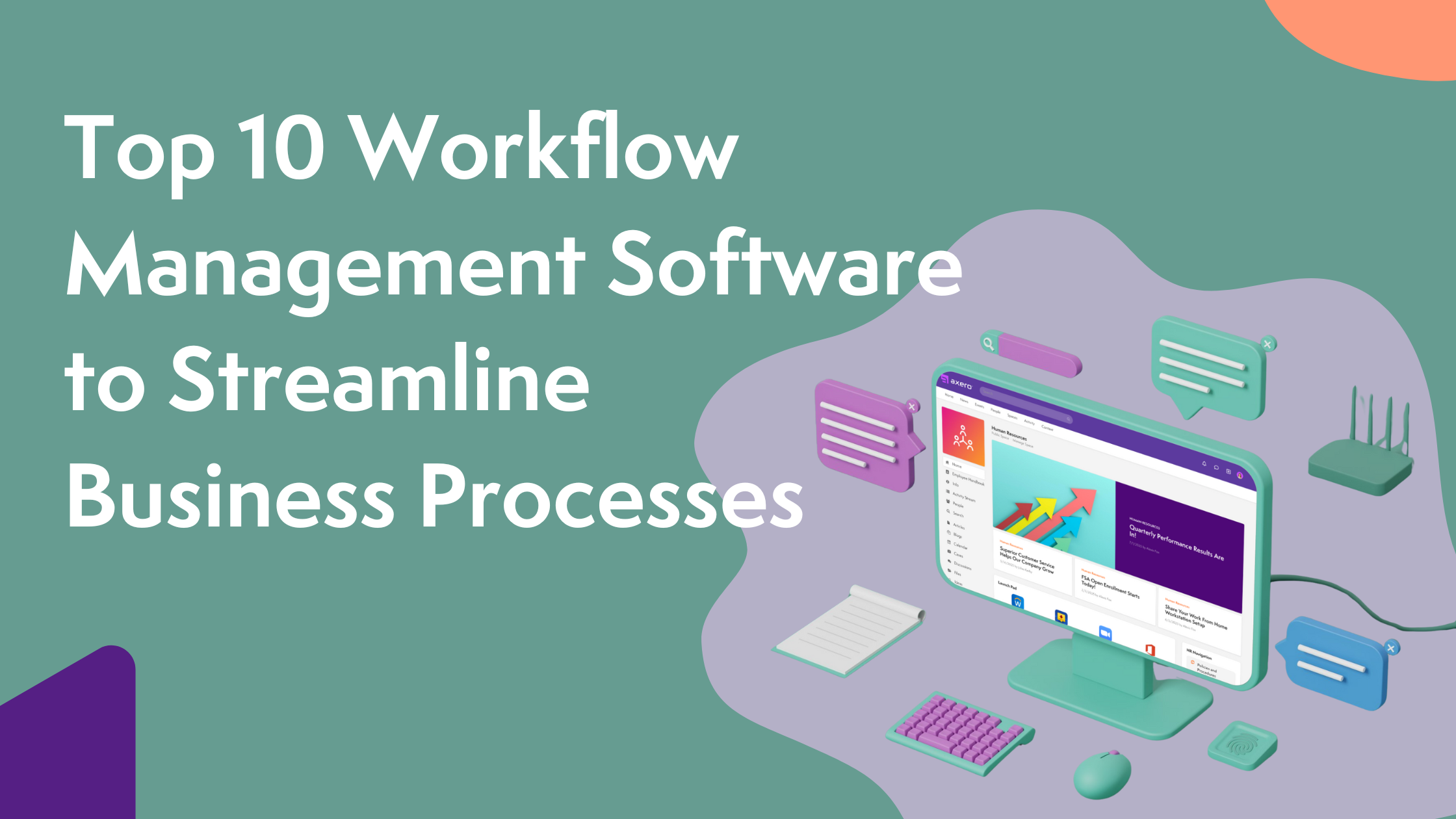

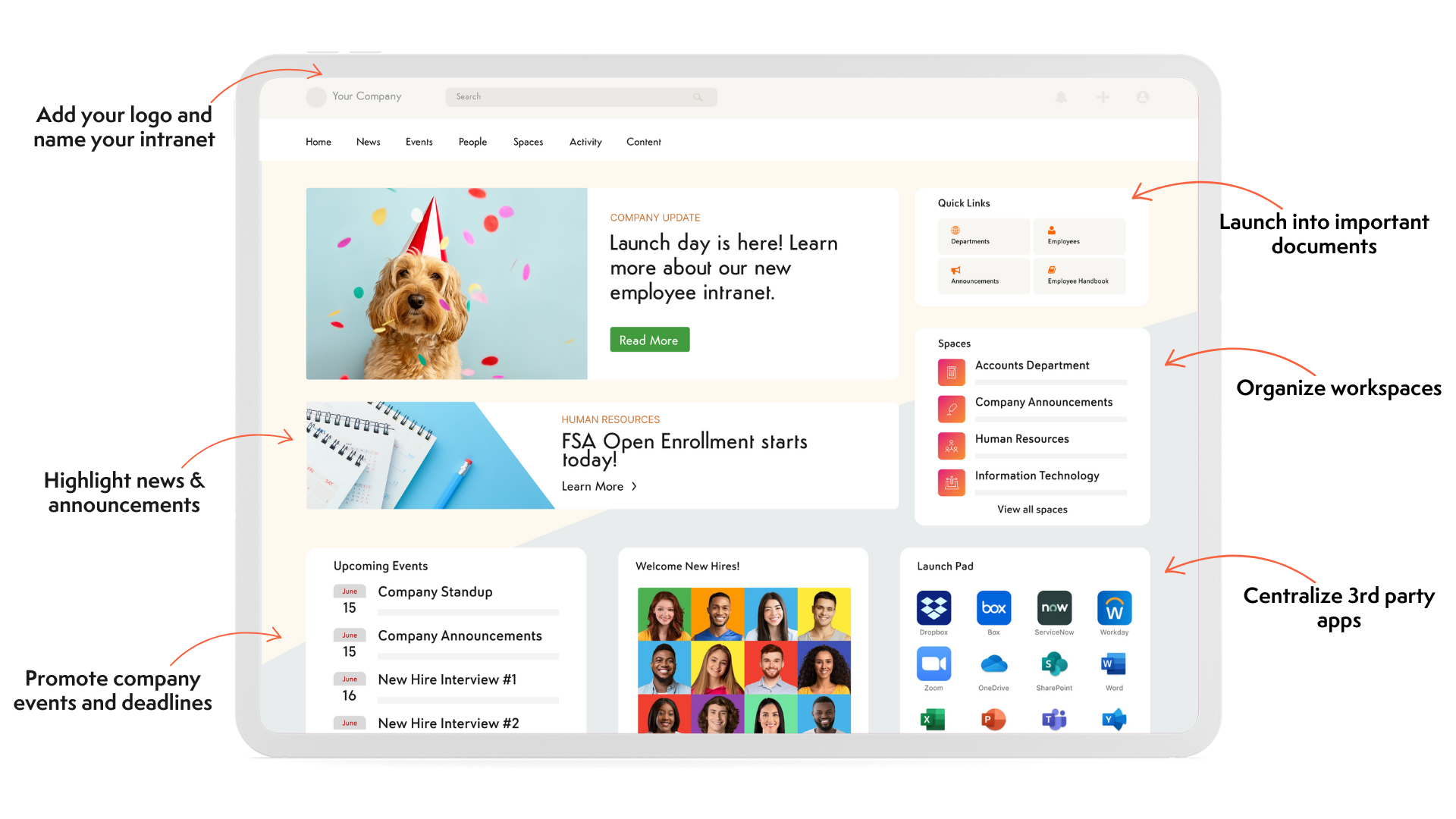
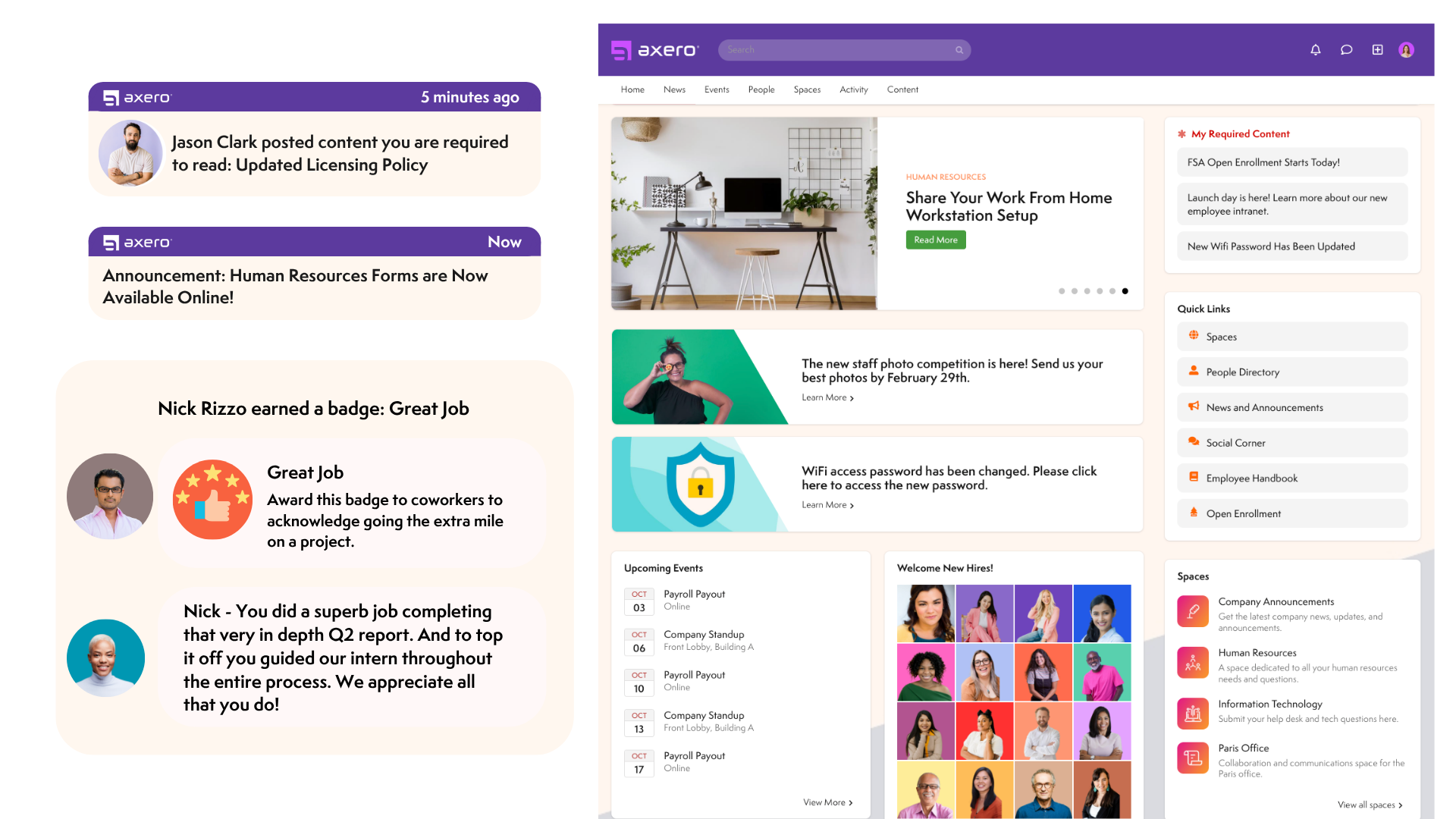
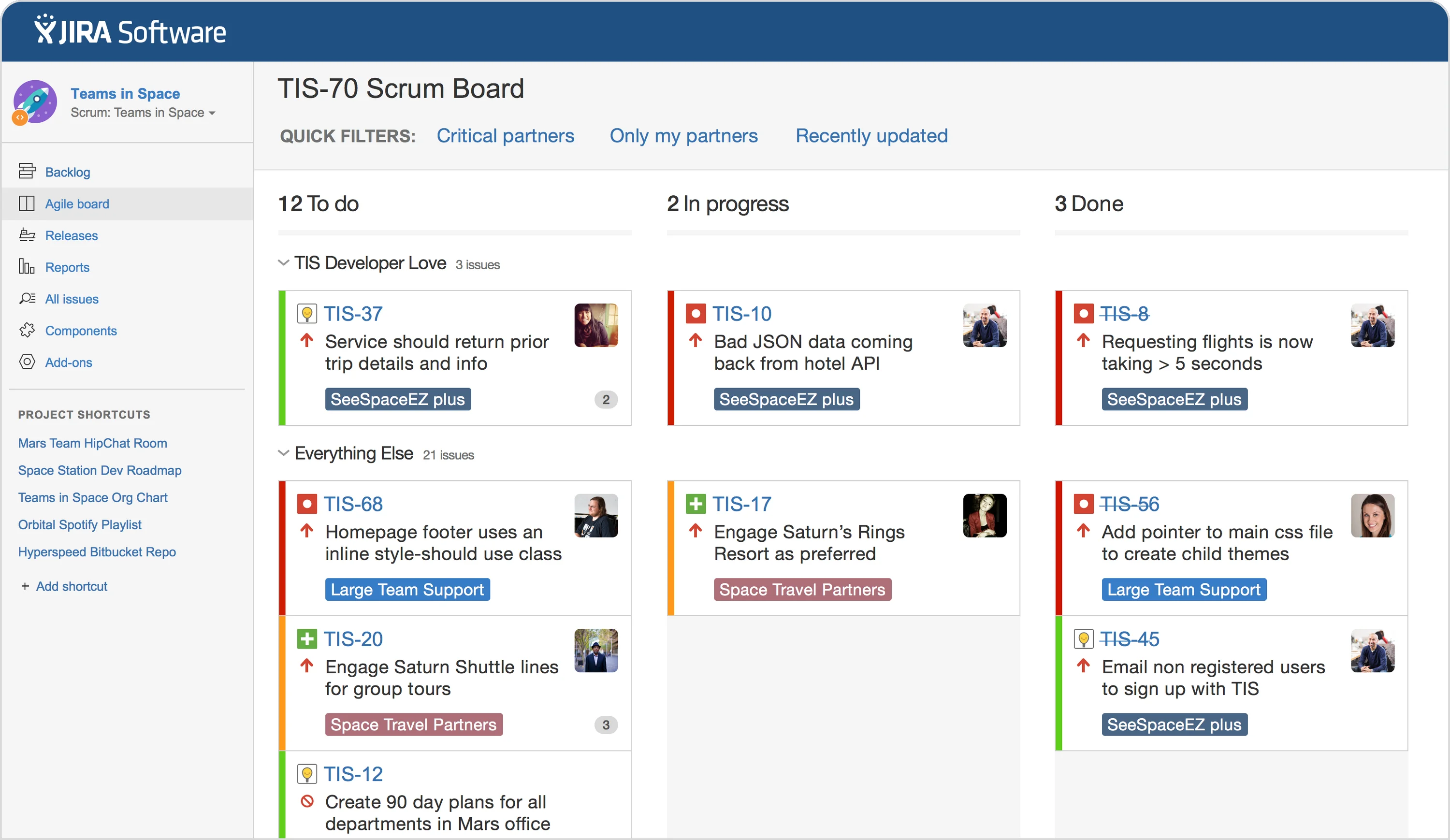
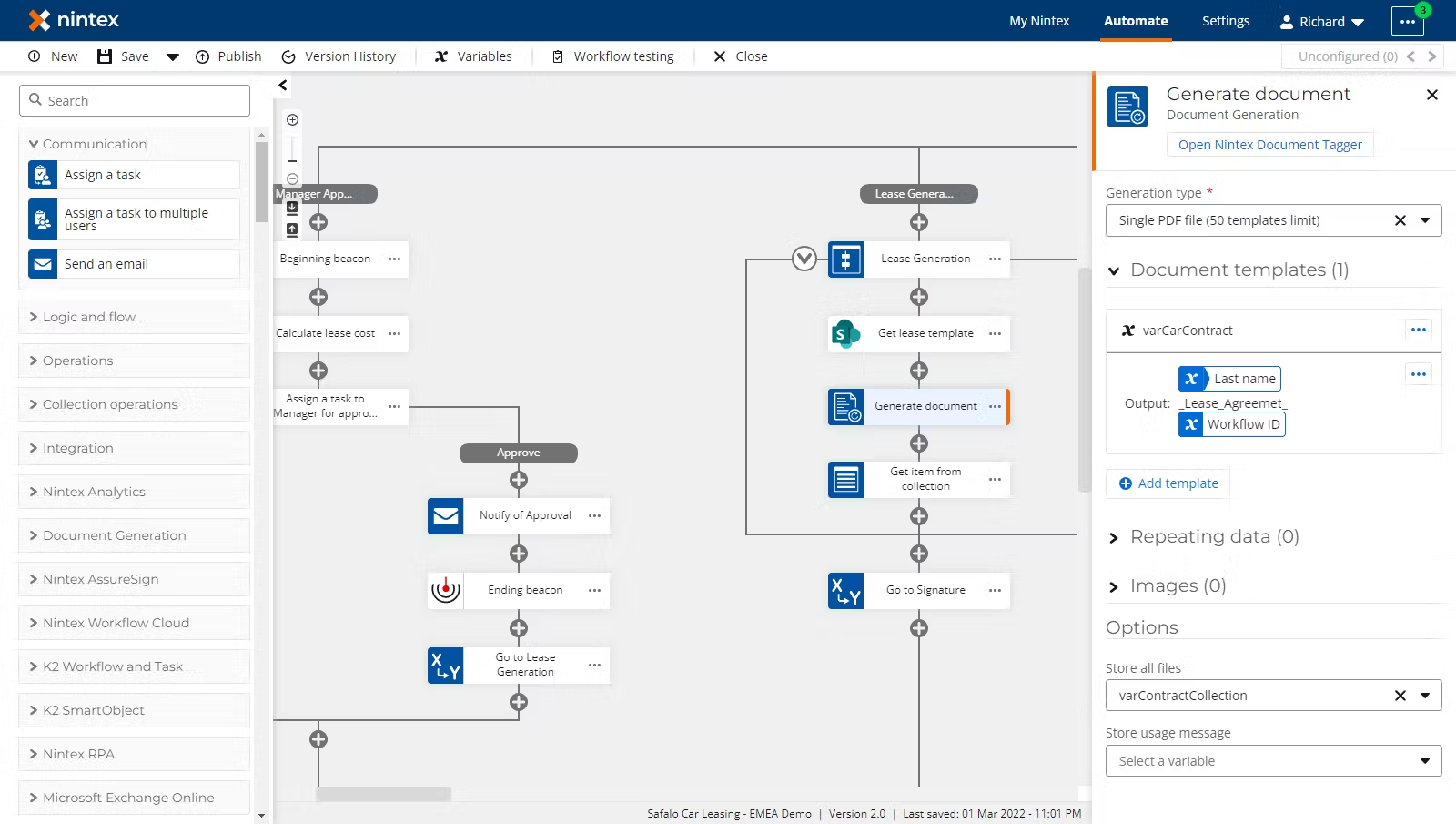
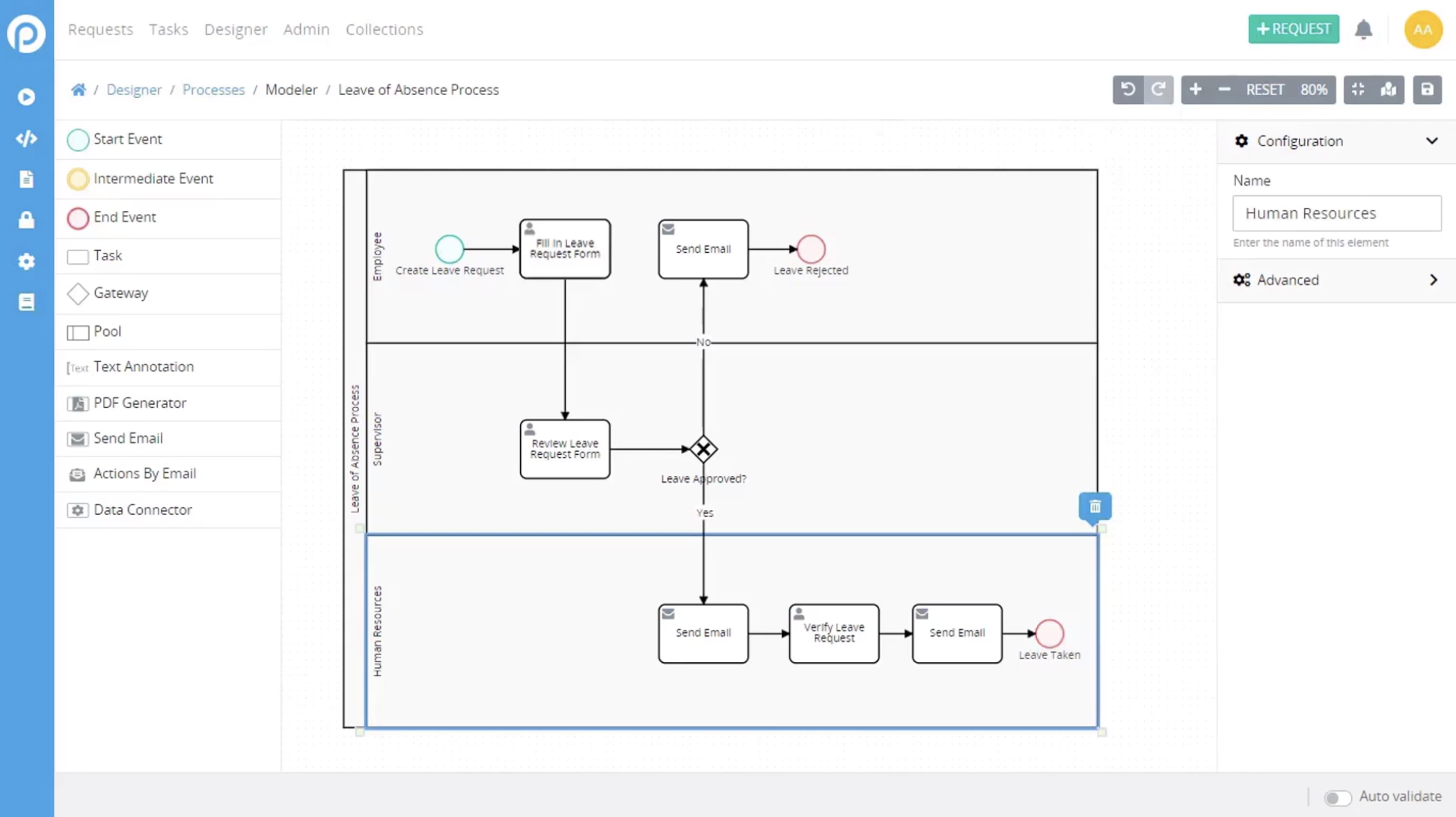
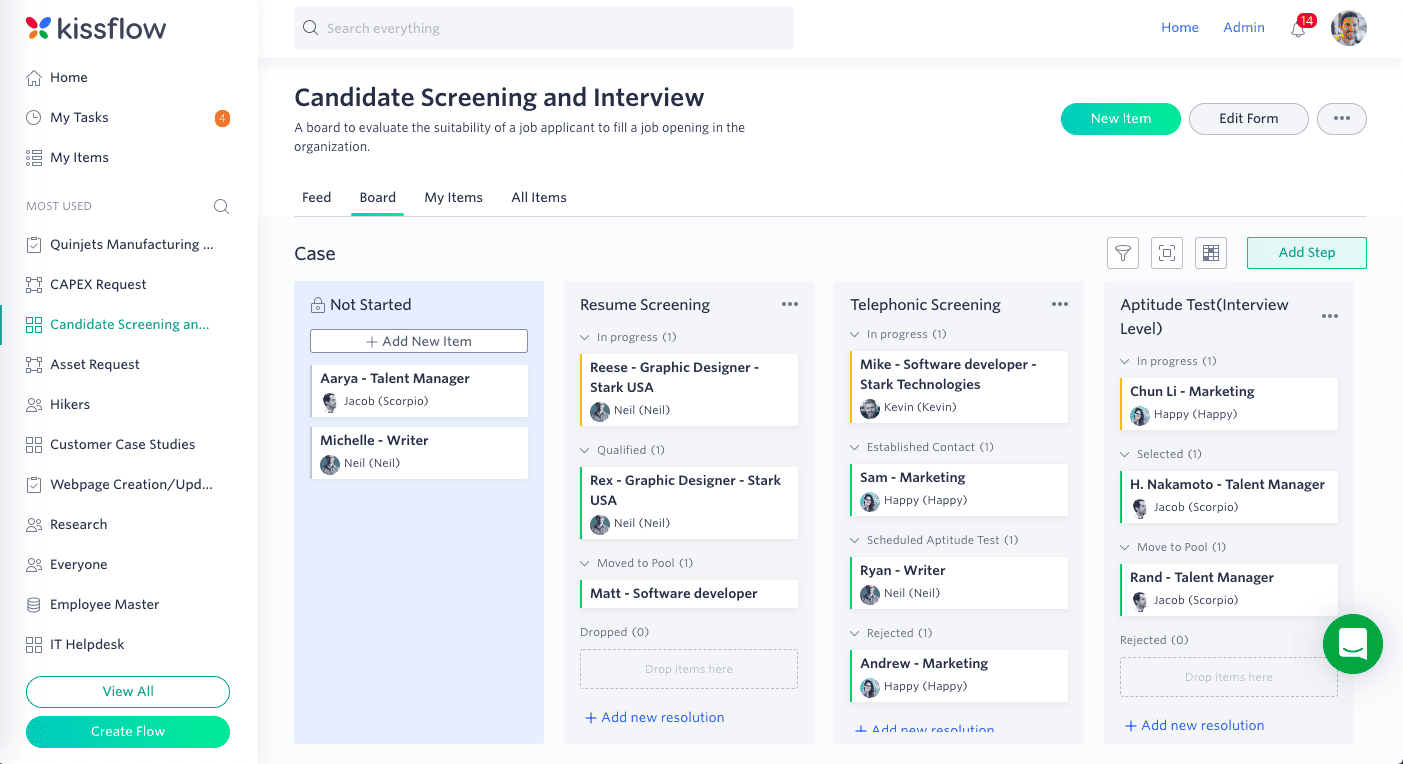
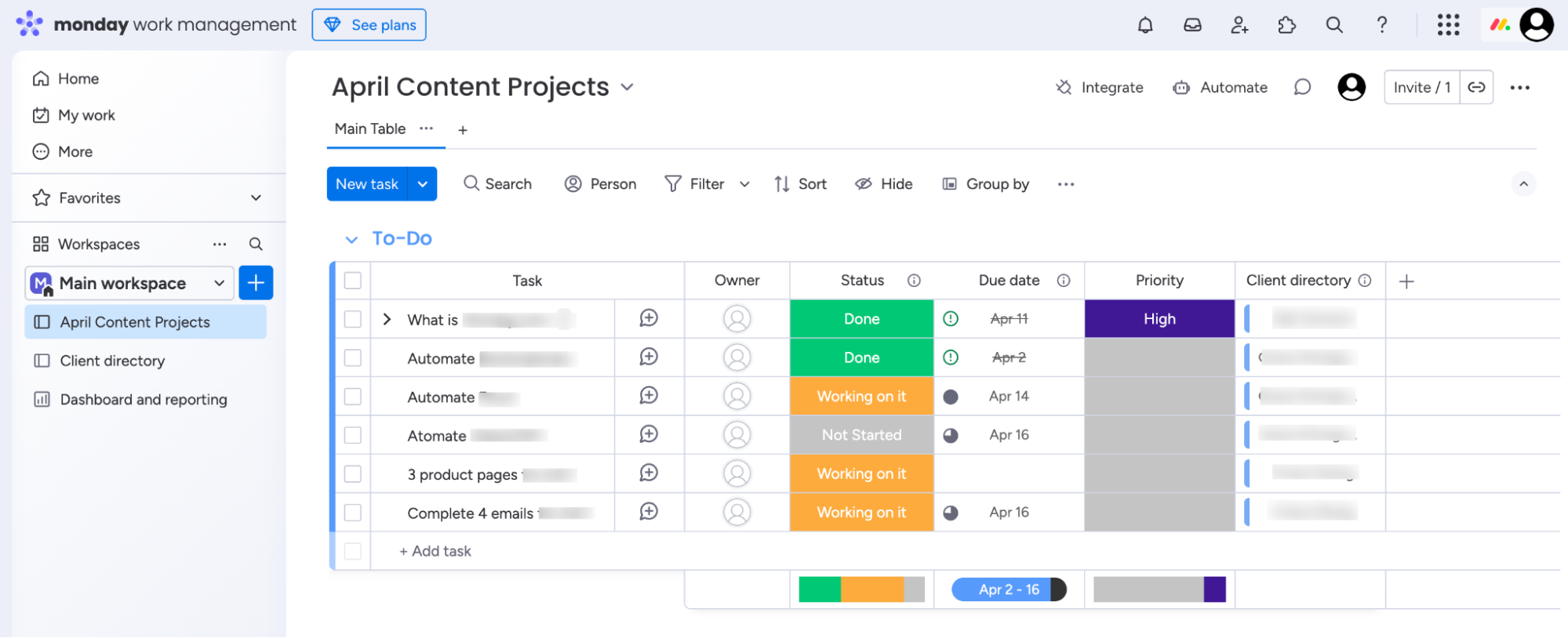
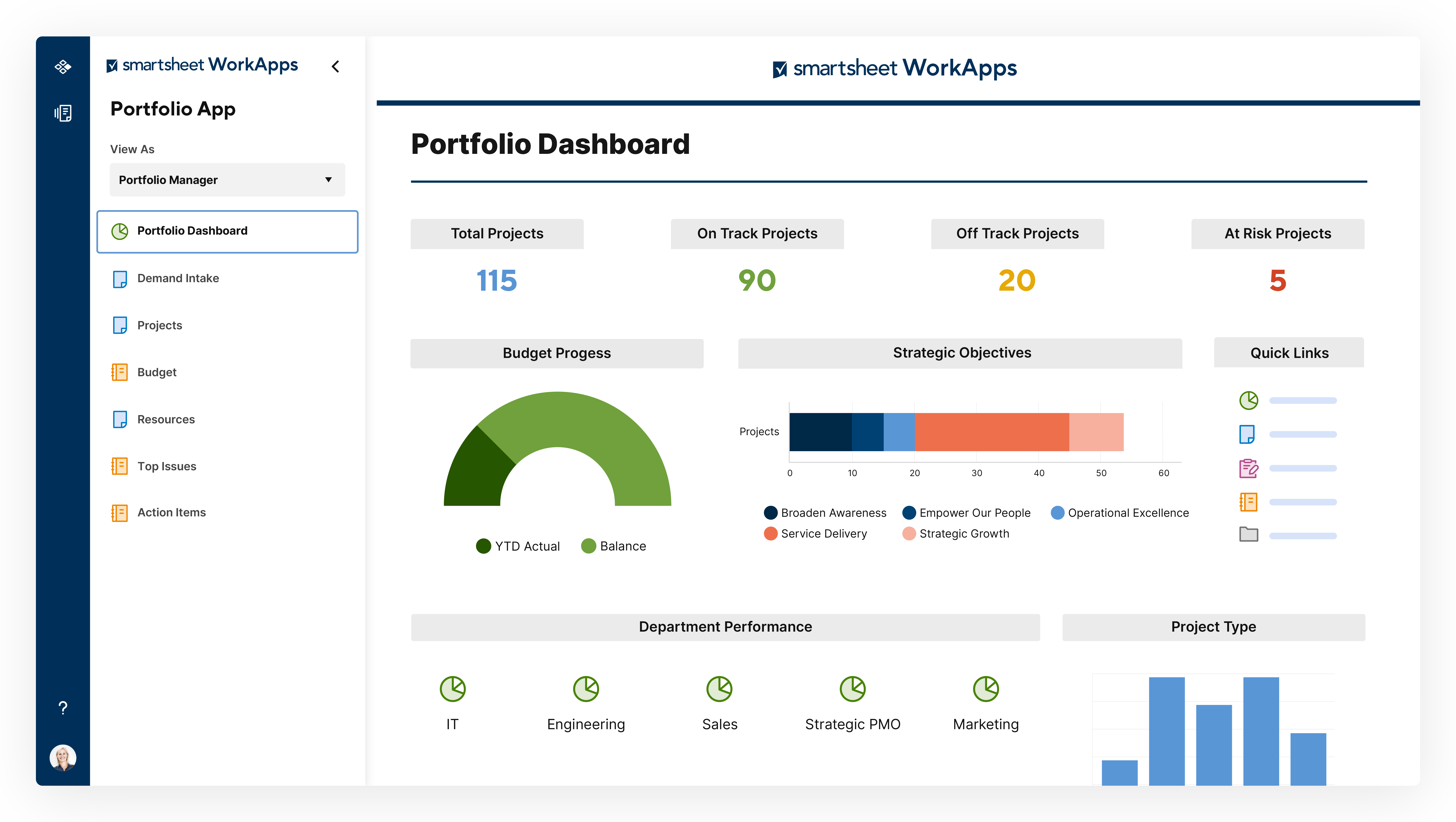
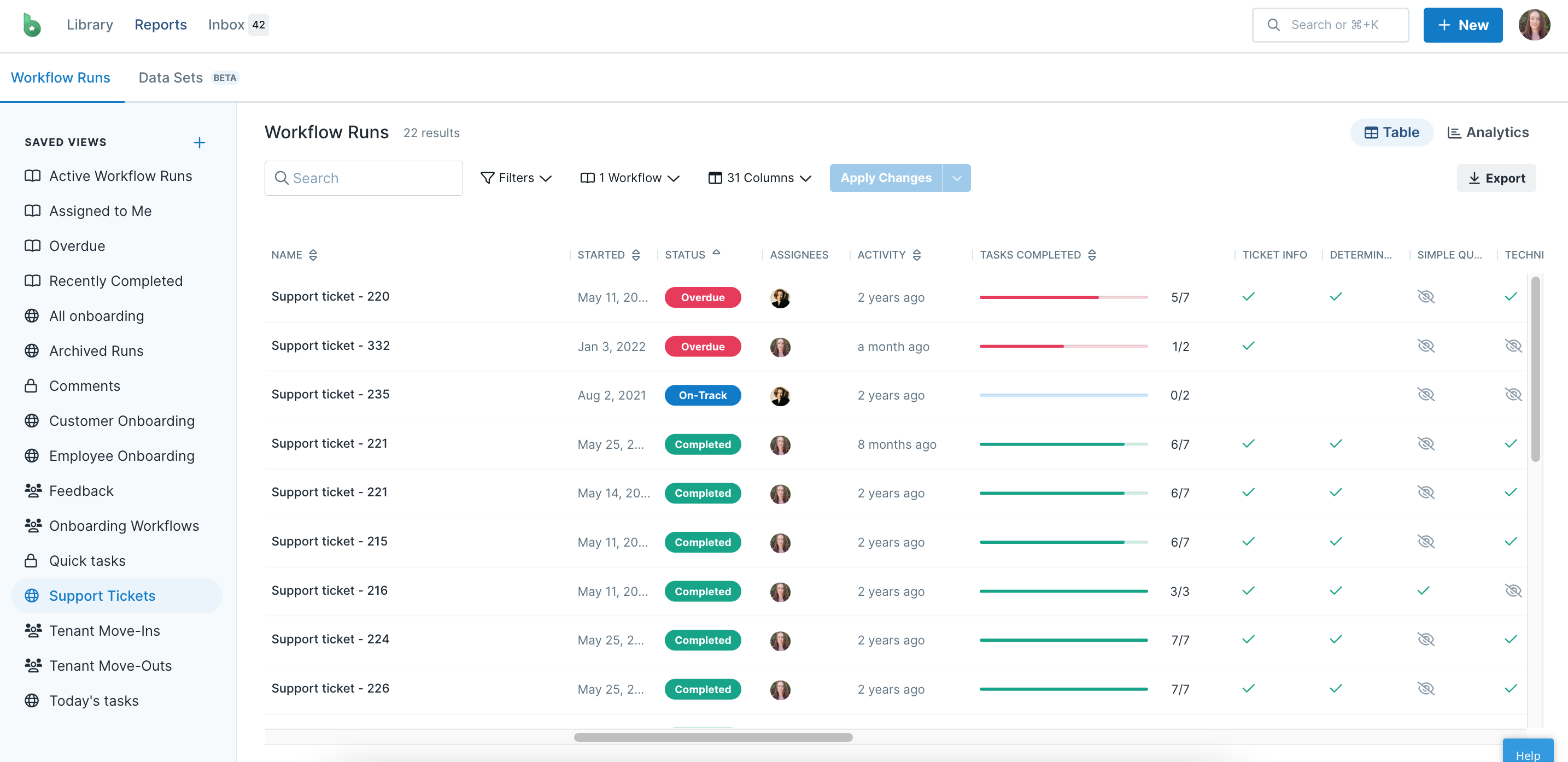
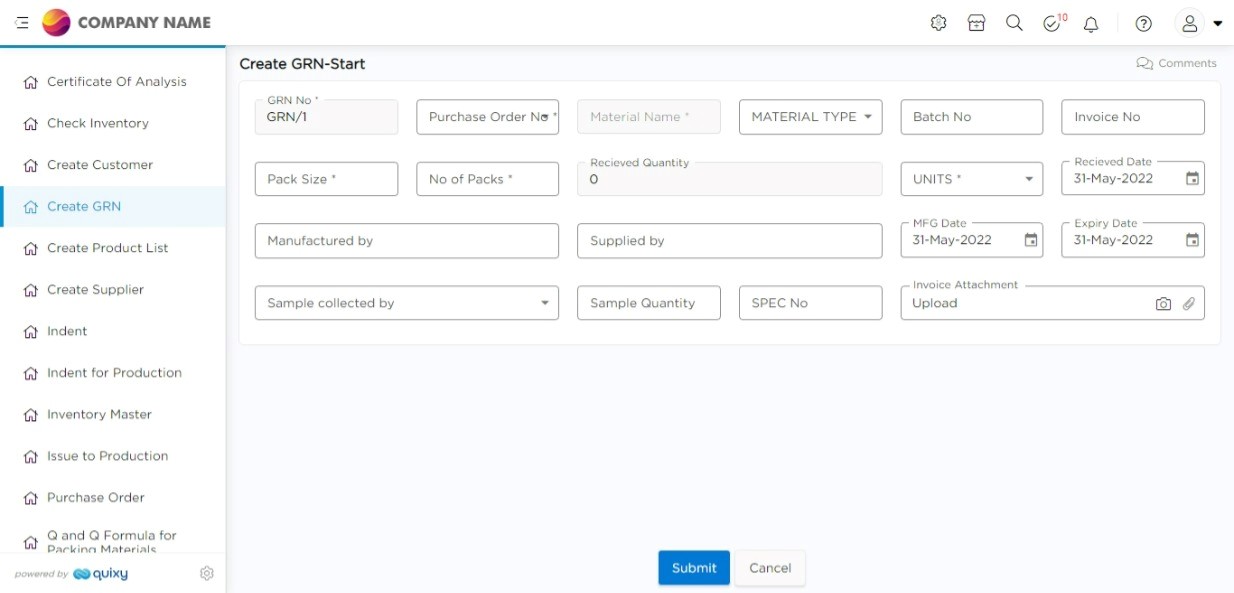
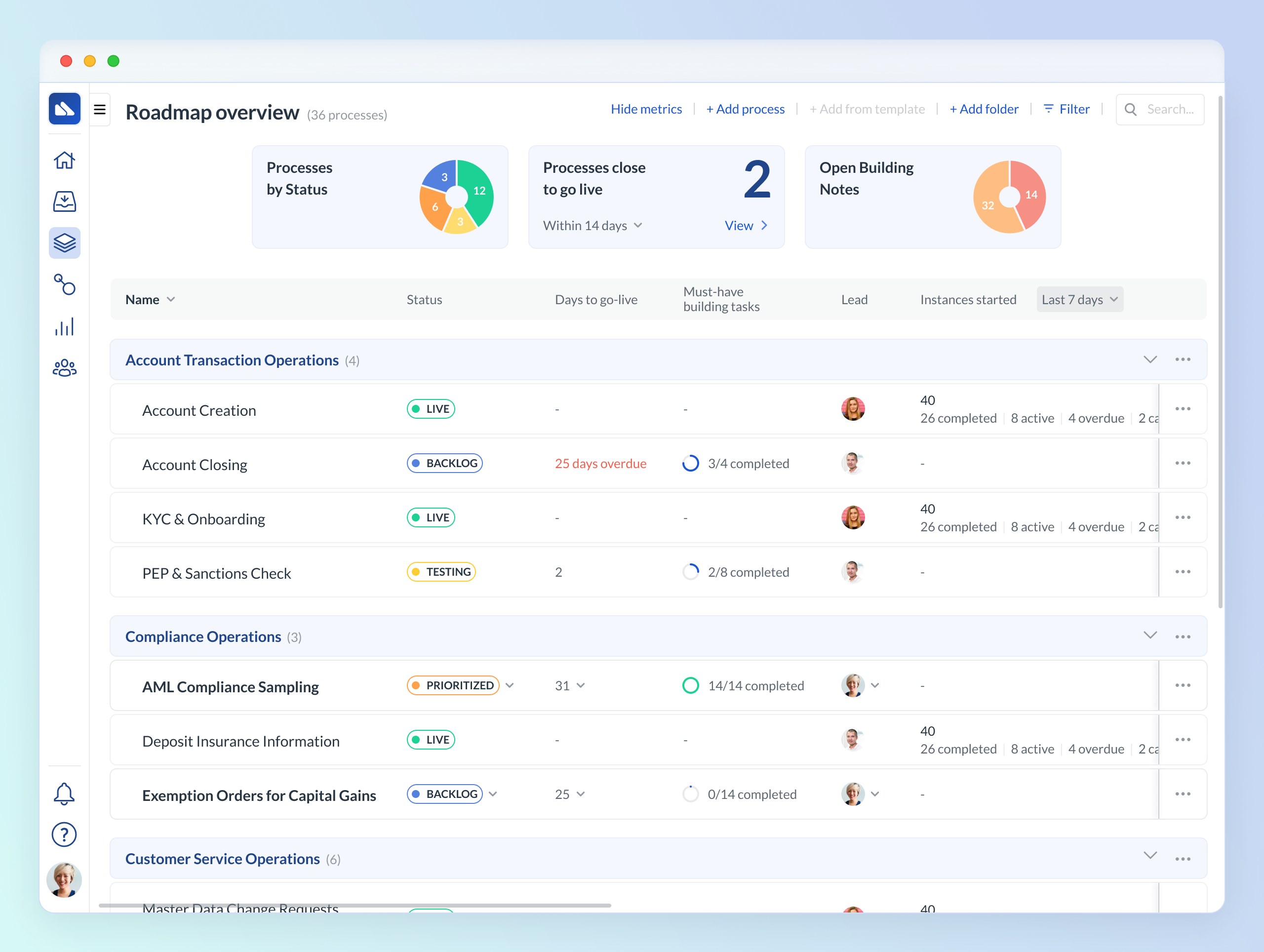

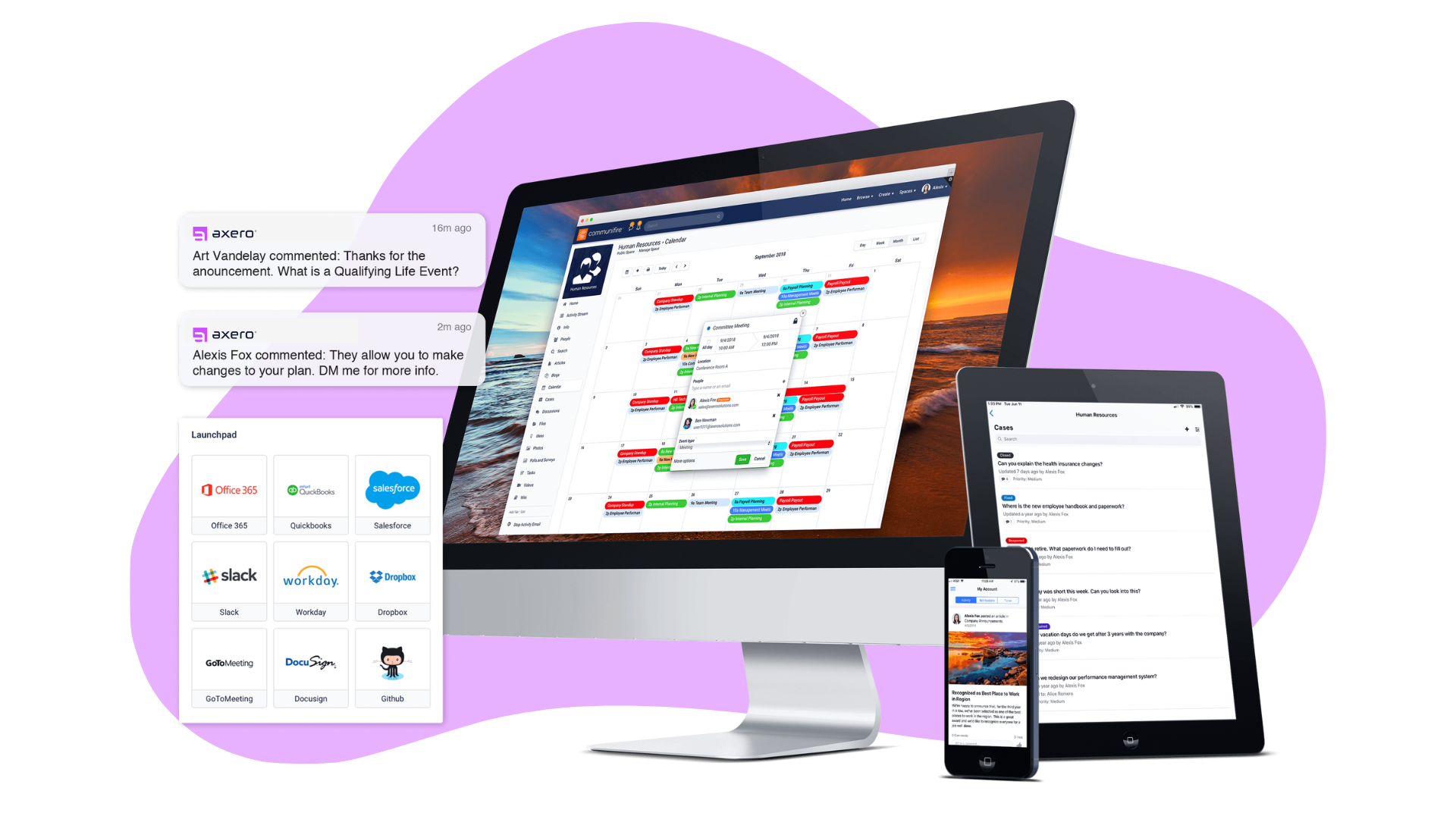
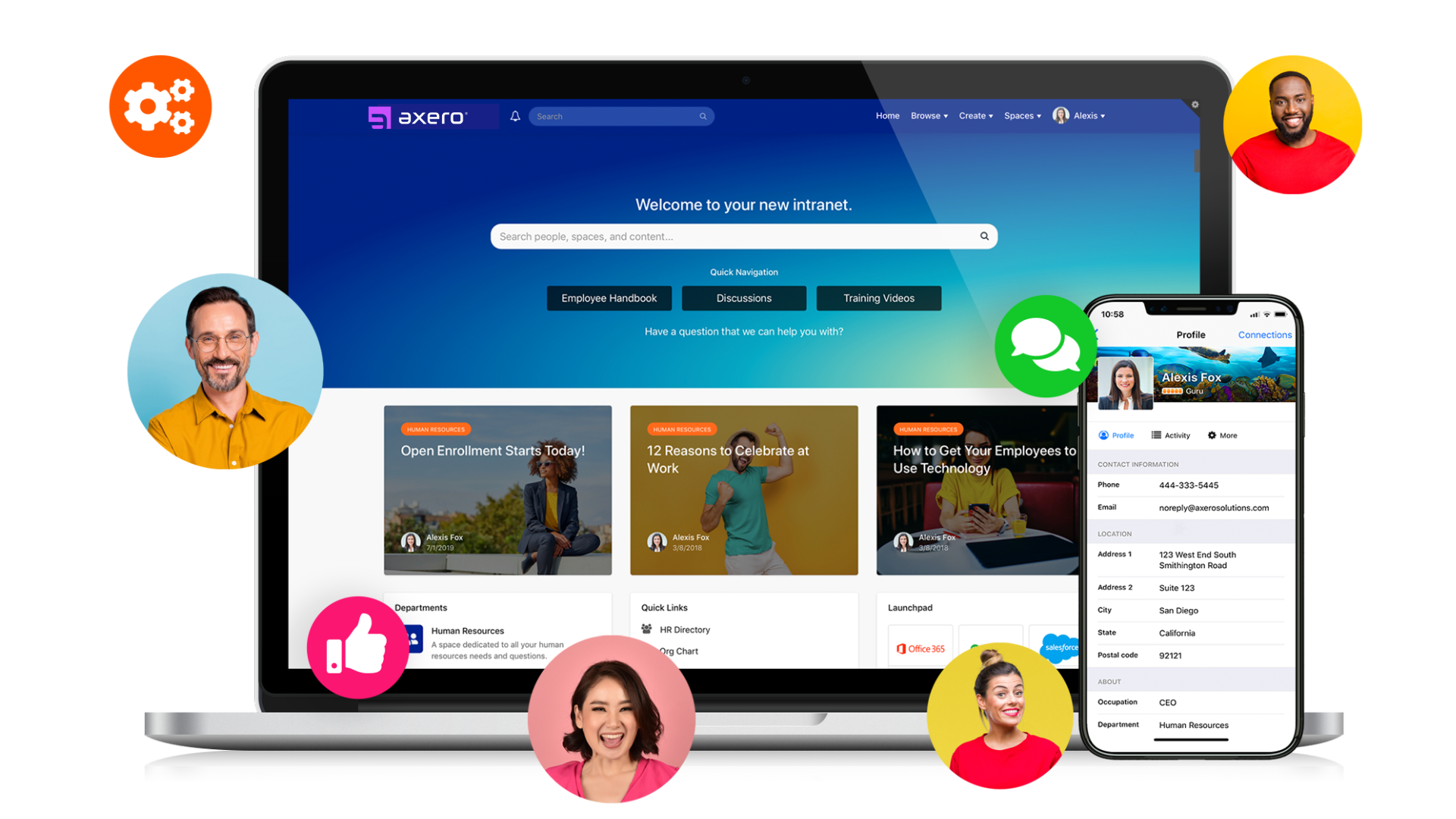







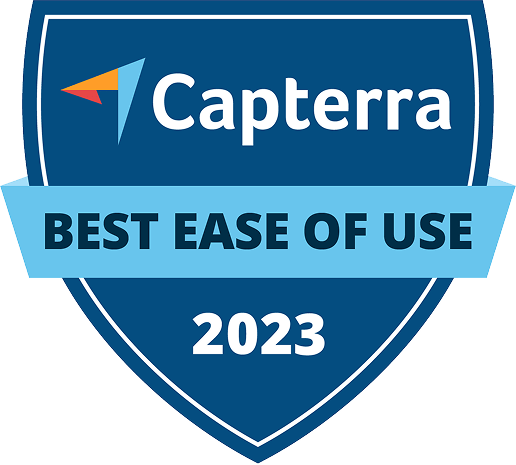



 info@axerosolutions.com
info@axerosolutions.com 1-855-AXERO-55
1-855-AXERO-55


